HDBaseT Alliance and UL Launch Cable Certification Program to Support PoH Installations
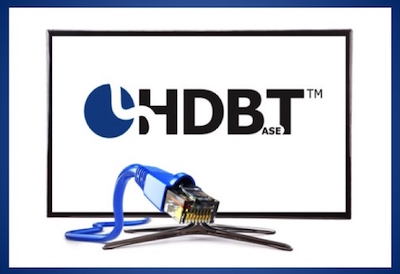
Feb 5, 2017
UL and The HDBaseT Alliance, the cross-industry group tasked with promoting and advancing the HDBaseT standard, have announced a certification program for Power over HDBaseT (PoH) cables.
This program, targeted at cable manufacturers, addresses the increased performance and safety requirements related to heating due to current levels being carried under PoH of audiovisual installations. With increasingly complex installations and the proliferation of power over HDBaseT (PoH) equipment, AV vendors, manufacturers and professionals have indicated the need for standardization and consistency for high performance, regardless of the size of cable bundles. The new certification program evaluates the cable’s ability to carry DC power of up to 100 watts over the four pairs of the cable and to maintain HDBaseT data transmission performance.
Under the new certification program, UL will evaluate the cables in accordance with the soon-to-be published UL 4299, Outline of Investigation for Power over HDBaseT (POH) cables. The cables will be covered under UL’s Follow-Up Services surveillance program, which includes both regular inspections at cable manufacturing facilities as well as ongoing testing determine continued compliance. Once published, UL 4299 will be available at https://standardscatalog.ul.com/.
“Until now, the HDBaseT Alliance had a cable recommendation program in which it tested only cables for HDBaseT transmission. The new cable certification program goes one step further, providing increased transparency to vendors and end users, and identifying the best cables for complex installations. By cooperating with the leading safety company in the world, the Alliance reiterates our commitment to the highest performance levels in the industry,” says Ariel Sobelman, president, HDBaseT Alliance.
“As HDBaseT became the standard for the transmission of high-throughput content, it was natural for UL to join the efforts to help address the safety and performance issues of powering over these cable installations,” says L.F. Lai, VP and general manager of UL’s Wire and Cable division.
“Through the cable certification program, both vendors and end users will benefit from knowing that these cables are not only suitable to transmit HDBaseT, but also do so according to highly respected industry standards.”
Find out more: http://s.ul.com/PoH_info.




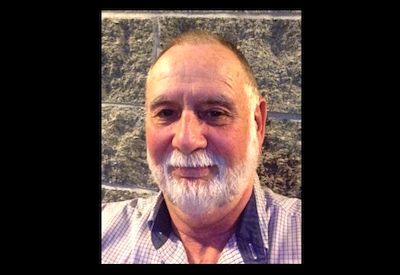
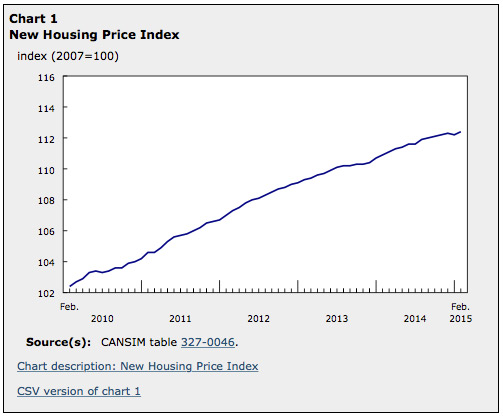
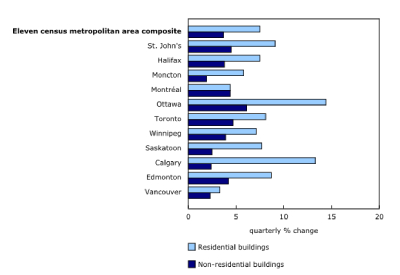
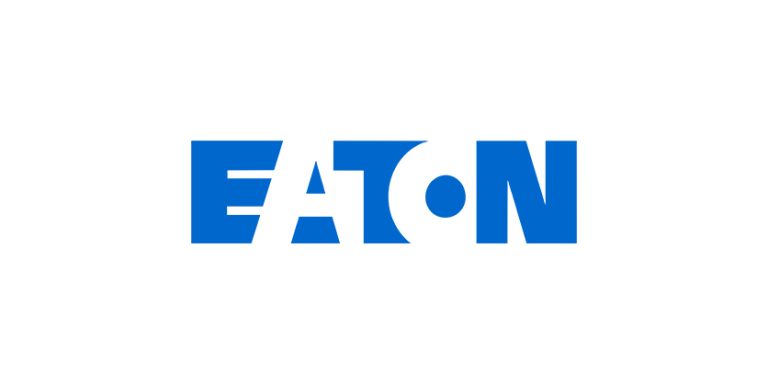


![Guide to the Canadian Electrical Code, Part 1[i], 26th Edition – A Road Map: Section 10 – Grounding and Bonding](https://electricalindustry.ca/wp-content/uploads/2022/11/Guide-CE-Code-2.png)





